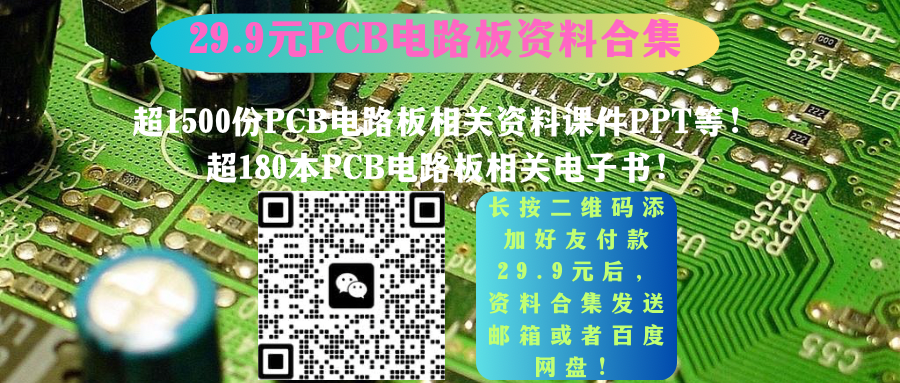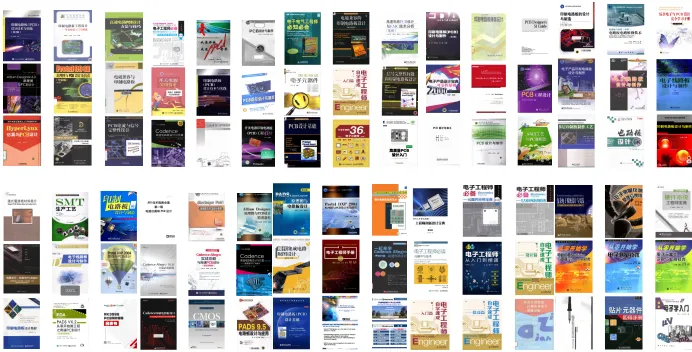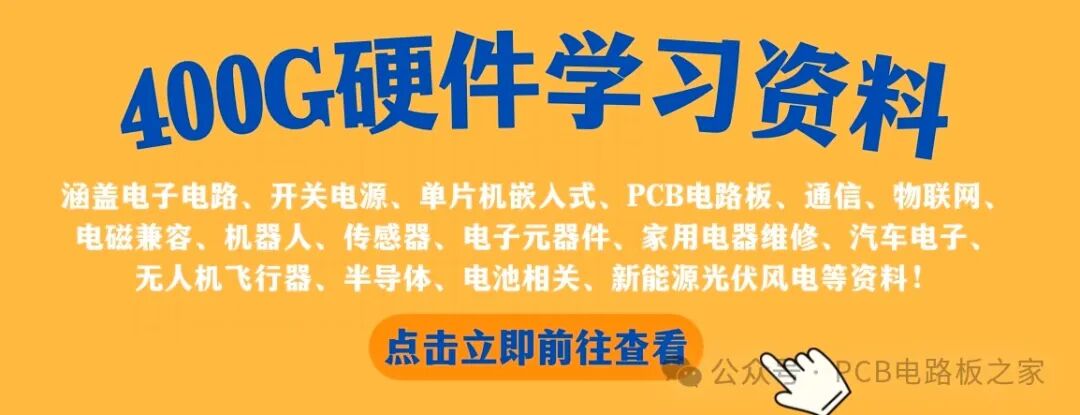
Silkscreen design is an essential factor in PCB design. The silkscreen on a PCB typically includes: component silkscreen and designators, board name, version number, anti-static symbols, barcode silkscreen, company logo, and other identifiers. Next, let’s take a look at the requirements for silkscreen design in PCB design.

1. Silkscreen Design Requirements
The height-to-width ratio of silkscreen characters is generally required to be ≥6:1. There are three common font sizes: when the board density is high, 4/25mil characters (size 1) are commonly used; for regular density, 5/30mil characters (size 2) are recommended; and for lower density boards, 6/45mil characters (size 3) are recommended. The thickness of the base copper layer also has corresponding requirements for silkscreen width: for base copper <1OZ, the limit is ≥4mil, and the optimal value is ≥6mil; for base copper thickness of 1OZ, 5/30mil characters should be prioritized; for 2OZ base copper, 6/45mil characters should be prioritized.
2. Requirements for Adding PCB Silkscreen
1. Placement: Generally, for components such as resistors, capacitors, and tubes, the silkscreen should not be oriented in all four directions, as this can make debugging, maintenance, and soldering cumbersome (the board needs to be turned in several directions).
2. Avoid placing vias on the silkscreen.
3. Do not place silkscreen over high-speed signal lines (e.g., clock lines): for high-speed signal lines on the top or bottom layers, these lines can be considered as microstrip lines.
4. The reading direction of the silkscreen should be consistent with the usage direction. The reading direction of the silkscreen should align with the chip’s usage direction to reduce the probability of incorrect soldering.
5. Clearly indicate pin numbers on the silkscreen.
6. Special packaging silkscreen: For special packages like BGA and QFN, the silkscreen size must match the chip size exactly.
7. Silkscreen for mounting holes: Add silkscreen near mounting holes indicating the screw length and total number of screws for easier installation.
3. Considerations for Silkscreen Design
1. The silkscreen line width on the board should be ≥4mil, avoiding a line width of 0 for component silkscreen.
2. Silkscreen to pad spacing: Silkscreen should not cover solder points on the board, such as surface mount device pads or through-hole pads, as silkscreen is made of insulating material and covering pads can lead to poor soldering; it should also not cover test points or mark points on the board; a spacing of 6mil is typically required.
3. Spacing between silkscreens: Maintain a 6mil spacing; overlapping silkscreens are acceptable, but if overlapping makes them unreadable, adjustments are needed.
4. Silkscreen direction: The arrangement of silkscreen strings should follow the principle that when viewed from the front, the strings read from left to right or from bottom to top.
5. Component designator placement: Designators must correspond one-to-one with components and cannot be reversed or reordered; when component density is high, lead-out annotations or symbol annotations can be used to place designators in other available spaces on the board.
6. Component polarity markings and pin 1 markings must be placed correctly and clearly.
7. When using lead-out annotations or symbol annotations, the added silkscreen characters must be placed on the Board Geometry silkscreen layer.
The added board name and version number silkscreen should also be placed on the Board Geometry silkscreen layer.
8. Designators must not be placed inside the component body or outside the board frame.
9. When the board density is high and there is no space to place designators, it can be discussed with the client to omit designators, but an assembly diagram must be provided to facilitate component installation and inspection.
10. When the client requests copper lettering on the top and bottom layers, the line width for copper lettering should be: for HOZ base copper – character width ≥8mil and height ≥45mil; for 1OZ base copper – character width ≥10mil and height ≥50mil. Additionally, proper solder mask openings should be made to ensure that the copper lettering on the produced boards is bright.


Screenshots from some electronic books

【Complete Set of Hardware Learning Materials Collection】
